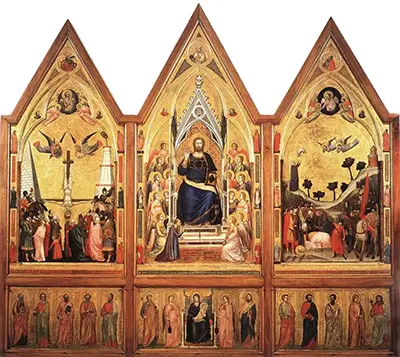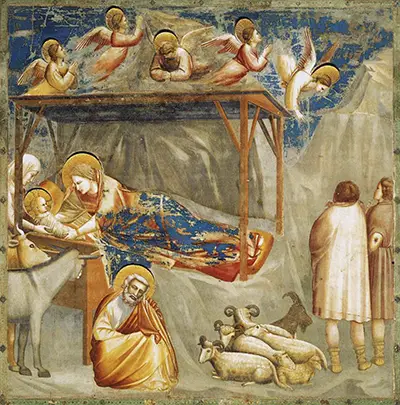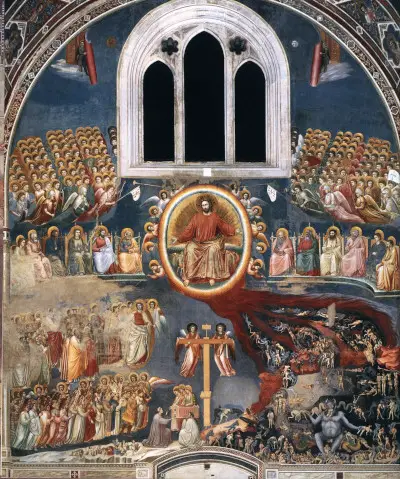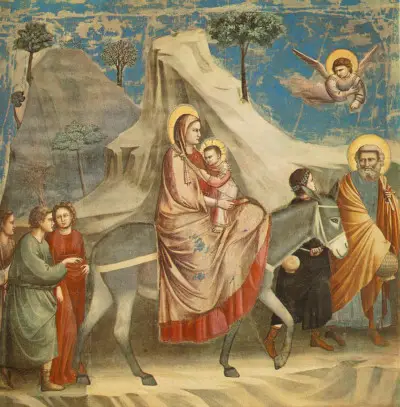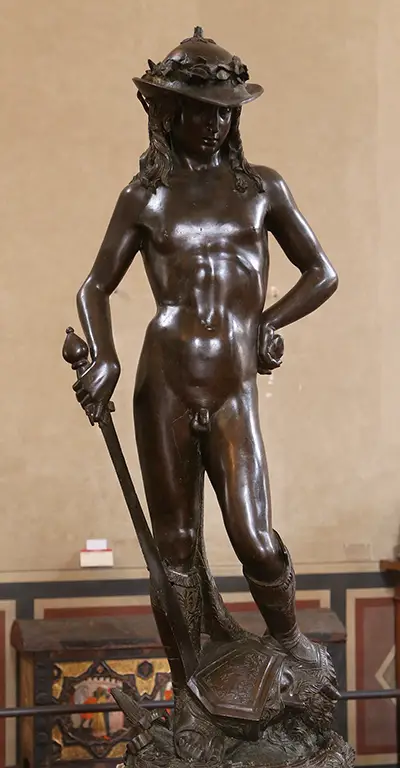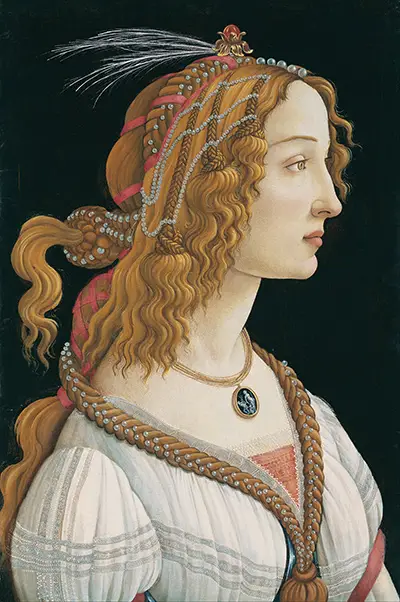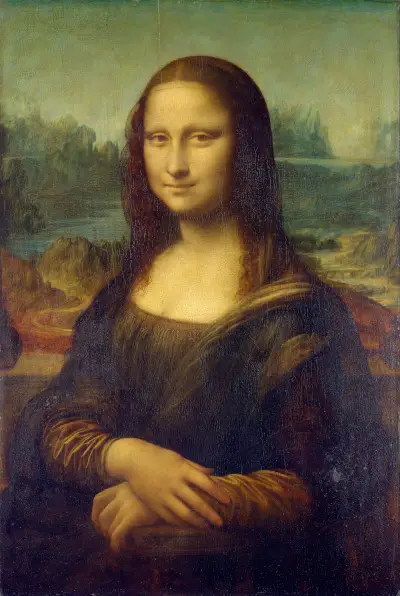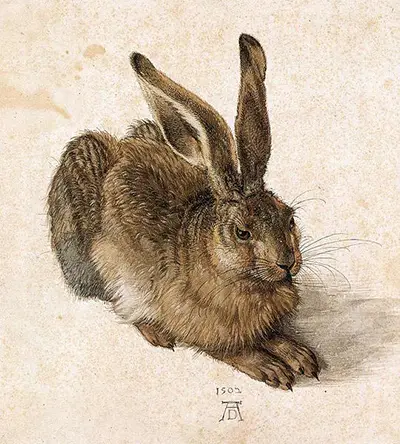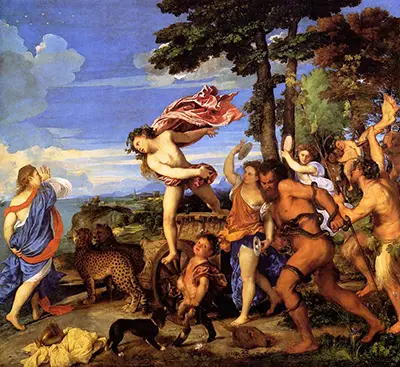The Road to Calvary captures a sad and lonely moment for Christ as he wanders outside the gates of Jerusalem.
Giotto’s Road to Calvary
Giotto depicts this moment within the Cappella Scrovegni (Arena Chapel), as part of his focus on Christ’s life through a series of related frescoes. This powerful artwork was suited to the artist’s ability to instill emotion within his work, when artists previously had left facial features as relatively neutral.
Emotional Content
Christ himself looks sad and alone, separated on the right hand side of the composition. Several figures behind him have their arms outstretched, as if pushing him towards his fate. Another to the left is held back, perhaps as they attempt to help and support Christ. The overall feeling in this piece is therefore desperation and loneliness.
Part of a Series
This emotional low can then rise up once more in later iterations of this series, as we celebrate Christ’s return. The overall path is most important, as we understand his depth of suffering, and then learn the moral tales that come from that. Giotto was already well evolved in his facial features, which were suited to this series, and perhaps why he was awarded the commission in the first place.
Gates of Jerusalemn
To the left hand side we see touches of architecture which symbolizes this group leaving Jerusalem and heading outside. This is directly from the Bible, as they head along the road to Calvary, with the intention of Christ being crucified.
The worry in his face underlines the fear that he experiences during this moment, and the crowd that follows him is a mixture of supporters plus those who want to see him punished.
Giotto chooses to just include one side of the city gate, enough to give context but without filling too much of the composition. Behind them, the scene is a blank blue sky but potentially there may have been more detail previously which has been lost over the centuries.
There is a slight variation in tone of the blue behind, perhaps indicating where original details may have been. The road itself runs horizontally, just wide enough to fit on each of these figures.
Golgotha
The Road to Calvary, and specifically the hills, where Christ is to be crucified is also sometimes known as Golgotha (the place of the skull). Different interpretations in scripture have existed, where some tell of how he carried the cross alone, whilst in others he was helped along the way.
Conclusion
The Road to Calvary was only briefly touched on in Christian scripture but its emotional connection has appealed to many artists, including Giotto. Several features remain present in most artistic interpretations, such as the suffering of Christ, and also the architecture which represents Jerusalem as they leave the city’s walls.
This delightful piece continued the artist’s concentration on the Life of Christ within the Scrovegni Chapel, which was to become perhaps his most famous commission of all. Comparisons can be drawn between this early 14th century piece and later works from the Renaissance era which continued a focus on the Road to Calvary.
More Renaissance Artists




 Giotto.jpg)
 Giotto.jpg)
